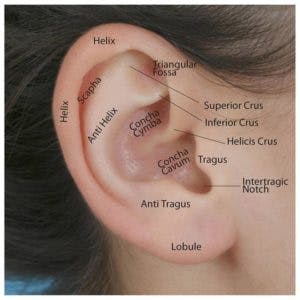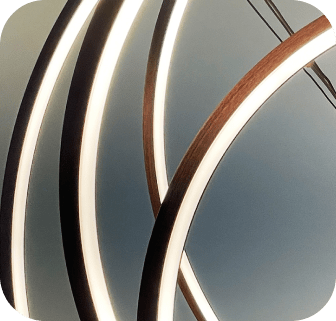
Anatomy and Analysis of the Ear

The external ears are made of cartilage and skin. There is a robust blood supply and nerve supply to the ear, making the ears sensitive to touch as well as highly vascular.
Like other parts of the body, the ear has specific terminology to describe specific components of the external ear. On the periphery of the ear there is the helix, tragus and lobule. Within the ear, there lies the conchal bowl and antihelical fold. In cases where the ears are prominent, the antihelical fold may not be as developed or completely absent. This can create an ear which is folded forward. In cases where the middle portion of the ear is prominent, the conchal bowl can be too prominent or angulated too far from the head.
Analysis of the Ear
How far should your ears stick out from your face?
The ear is typically measured in three locations, the top of the ear, the middle, and the bottom of the ear in relationship to the bony portion behind the ear called the mastoid. Normally, the ear protrudes about 11 mm from the top of the ear, 17 mm from the middle third, and 21 mm along the lower portion.
The concha (or bowl of the ear) is typically 14 mm from the mastoid of the ear. Another way to analyze the ears is to measure the helix and the mastoid should be about 20 degrees. In patients with prominent ears, the ears will protrude at least 30 degrees.
How big should my ears be?
The length of the ears are typically 6 cm while the width of the ear is around 3.5 cm


